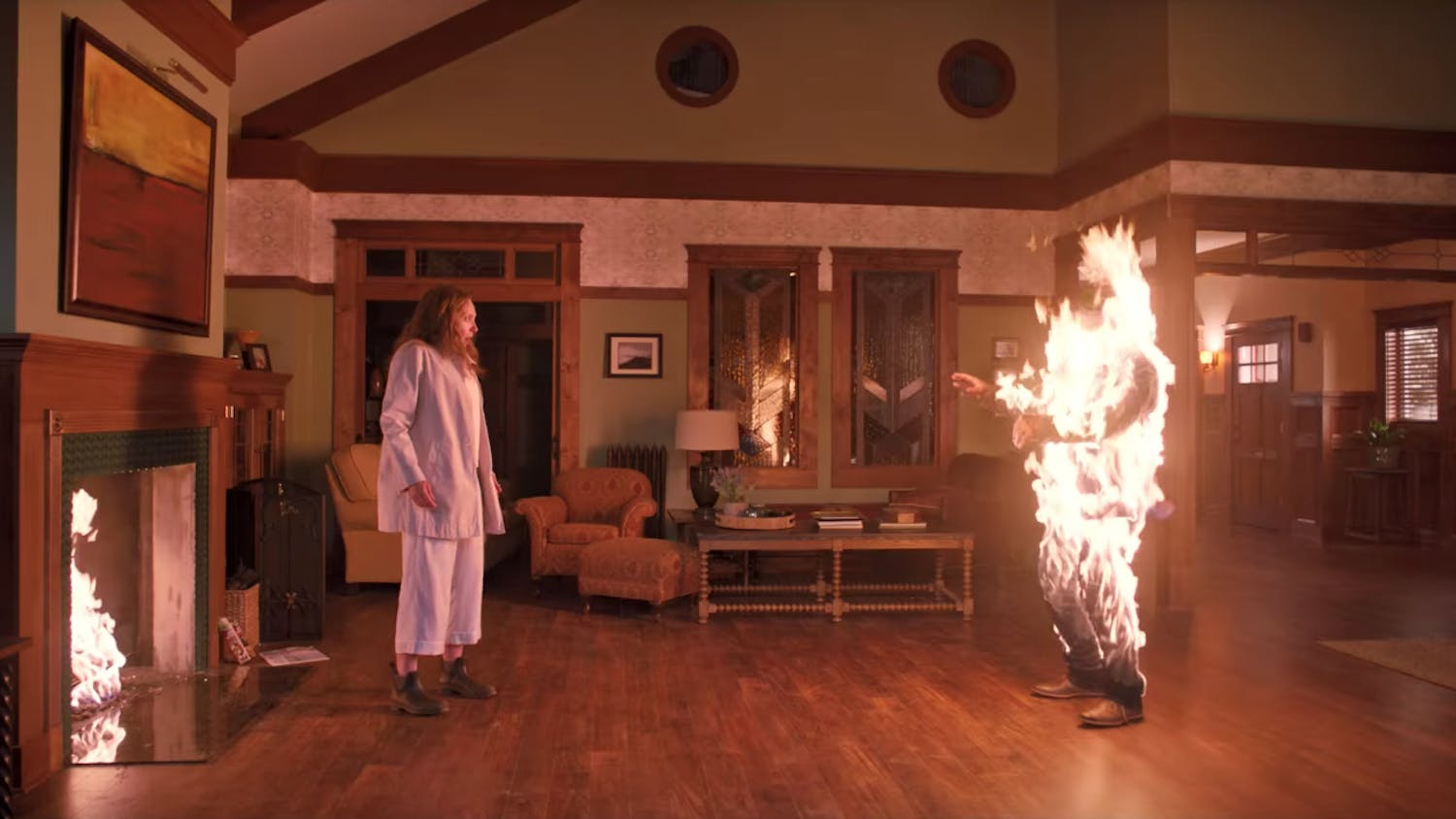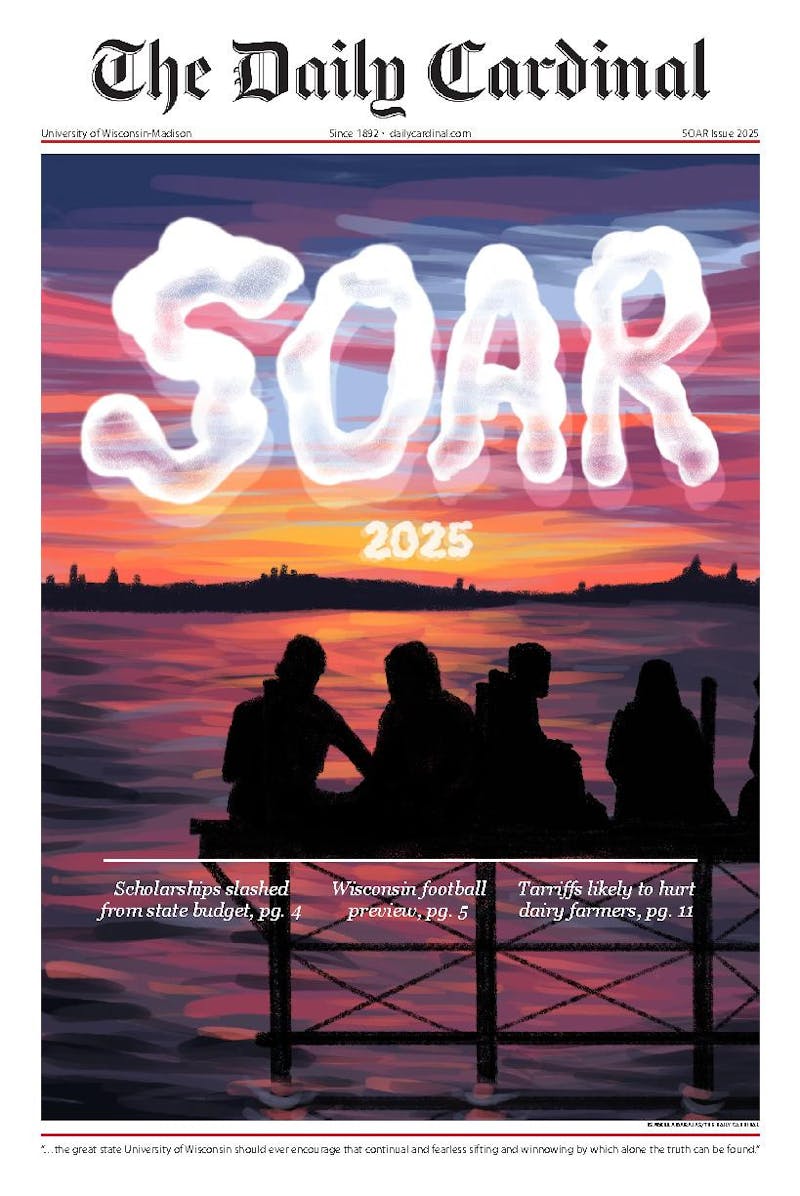Madison movie theaters are being bum-rushed by recent releases from filmmakers commonly considered to be auteurs—directors whose distinctive artistic personalities are inscribed all over their respective oeuvres. Werner Herzog's ""Bad Lieutenant: Port of Call New Orleans,"" Michael Haneke's ""The White Ribbon,"" Martin Scorsese's ""Shutter Island,"" Roman Polanski's ""The Ghost Writer,"" John Woo's ""Red Cliff"" and Noah Baumbach's ""Greenberg"" will all enjoy runs on local screens this month. But before we can say whether these aforementioned movies are truly ""by"" their directors, it'd be worthwhile to take a look at the history of the auteur theory.
The invention of the auteur is commonly credited to the staff of the French film magazine Cahiers du Cinéma in the 1950s. In their writings from this period, François Truffaut, Jacques Rivette, Eric Rohmer, Luc Moullet and Jean-Luc Godard created a school of criticism—then known as la politique des auteurs—that elevated cinema to the level of high art by arguing that directors are cut from the same cloth as novelists, poets, composers, painters and sculptors. For them, cinema's lack of legitimacy as an artistic medium was caused by the lingering uncertainty about who was really responsible for making a film.
Even the most insignificant dash of paint in a landscape by Cézanne or the most inessential clause in a run-on sentence by Faulkner can be easily traced back to the intelligence and efforts of the individual artist. To speak of directors as being the authors of their films is to place cinema on the same footing as painting, literature, theatre and music.
This school was quickly met with opposition, most notably by the great critic/theorist (and fellow Cahiers staffer) André Bazin. In his 1957 essay, ""On the politique des auteurs,"" Bazin argued that Truffaut and co. privileged artists over their art and bodies of work over individual films. Most importantly, Bazin noted that by suggesting good directors were practically incapable of making bad films, advocates of the politique des auteurs had formed ""aesthetic personality cults."" In other words, these writers lavished so much attention on directors that they lost sight of cinema's collaborative nature.
The critic Andrew Sarris imported the politique des auteurs to America in the early 1960s, renaming it the ""auteur theory."" Sarris systematized the politique into a critical framework in which the three most important aspects of a film are technical competence (a film's thematic and aesthetic cohesiveness), stylistic signatures (a film's connections to the rest of its director's work) and interior meaning (the links between a film's themes and the director's use of her materials). In his seminal essay ""Notes on the Auteur Theory in 1962,"" Sarris wrote, ""The way a film looks and moves should have some relationship to the way a director thinks and feels."" Here cinema is again treated as an individual rather than a collective art.
Pauline Kael was easily the most well-known and outspoken opponent of the auteur theory, expressing her objections to it in the 1963 essay ""Circles and Squares."" Kael argued that the auteur theory's claim to having discovered ""objective"" criteria for evaluating films was disingenuous. She also wrote that ""it is an insult to an artist to praise his bad work along with his good; it indicates that you are incapable of judging either.""
Yet, Kael's loquaciousness never came close to Bazin's intellect. Kael often seemed to argue that bad movies are bad because they're... bad. She described auteurists as ""connoisseurs of trash,"" apologists willing to defend their favorite directors' least-inspired efforts; she even described them as being ""intellectually handicapped.""
Kael's rough contemporary Manny Farber, a far more stimulating critic, articulated the most persuasive case against the auteur theory in a 1966 article entitled ""The Subverters."" Farber wrote that the auteur theory was ""doomed to failure because of the subversive nature of the medium: the flash-bomb vitality that one scene, actor, or technician injects across the grain of a film."" Of all those who argued for or against the auteur, I most agree with Farber. Filmmaking is a collective endeavor in which every contribution is equally essential to the final product.
Advocates of the auteur theory tend to shortchange actors, cinematographers, sound and set designers and screenwriters; opponents of the auteur theory are often too caught up in distinguishing between art and trash and in developing a hierarchy of films ranked according to their supposed greatness. Movies are ""by"" their directors, but they're also ""by"" the talent in front of, and behind, the camera. If we find ourselves talking so much about directors, it's largely because of the managerial nature of their work rather than its higher importance.
So, when approaching ""Bad Lieutenant"" or ""The White Ribbon,"" remember to keep in mind that filmmaking is nothing if not a team effort. The sooner we begin thinking of films in terms of collaborations rather than individual authorship, the better.
Do you think there's more than a literal ‘I' in film? Explain why to Dan at dsullivan@wisc.edu.






